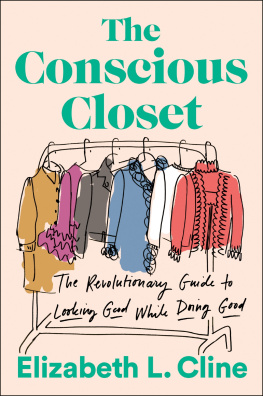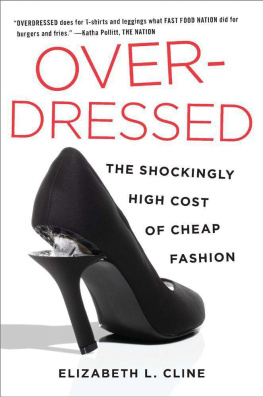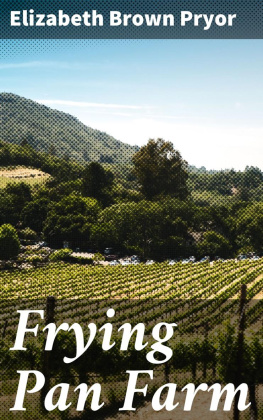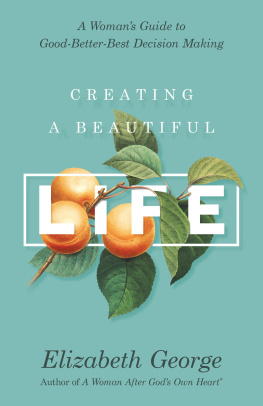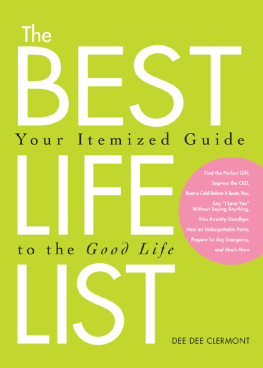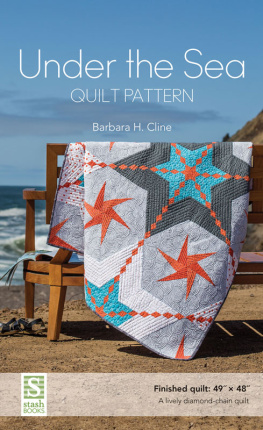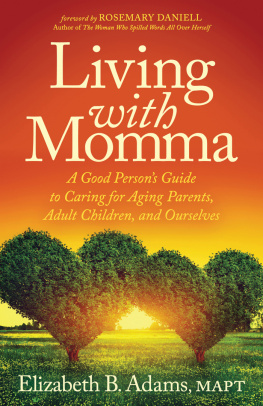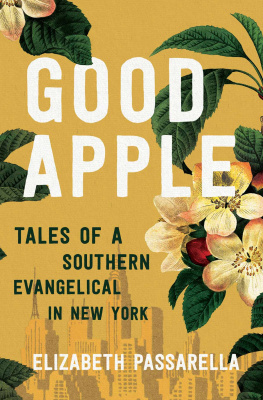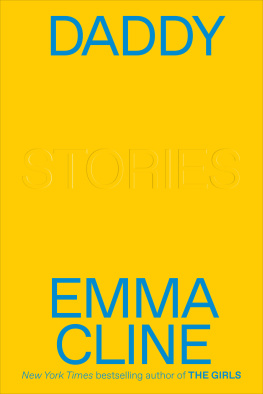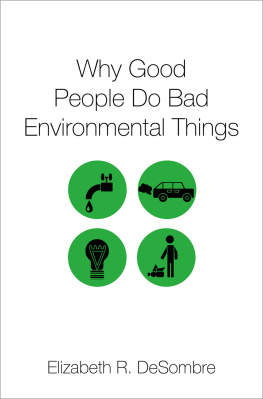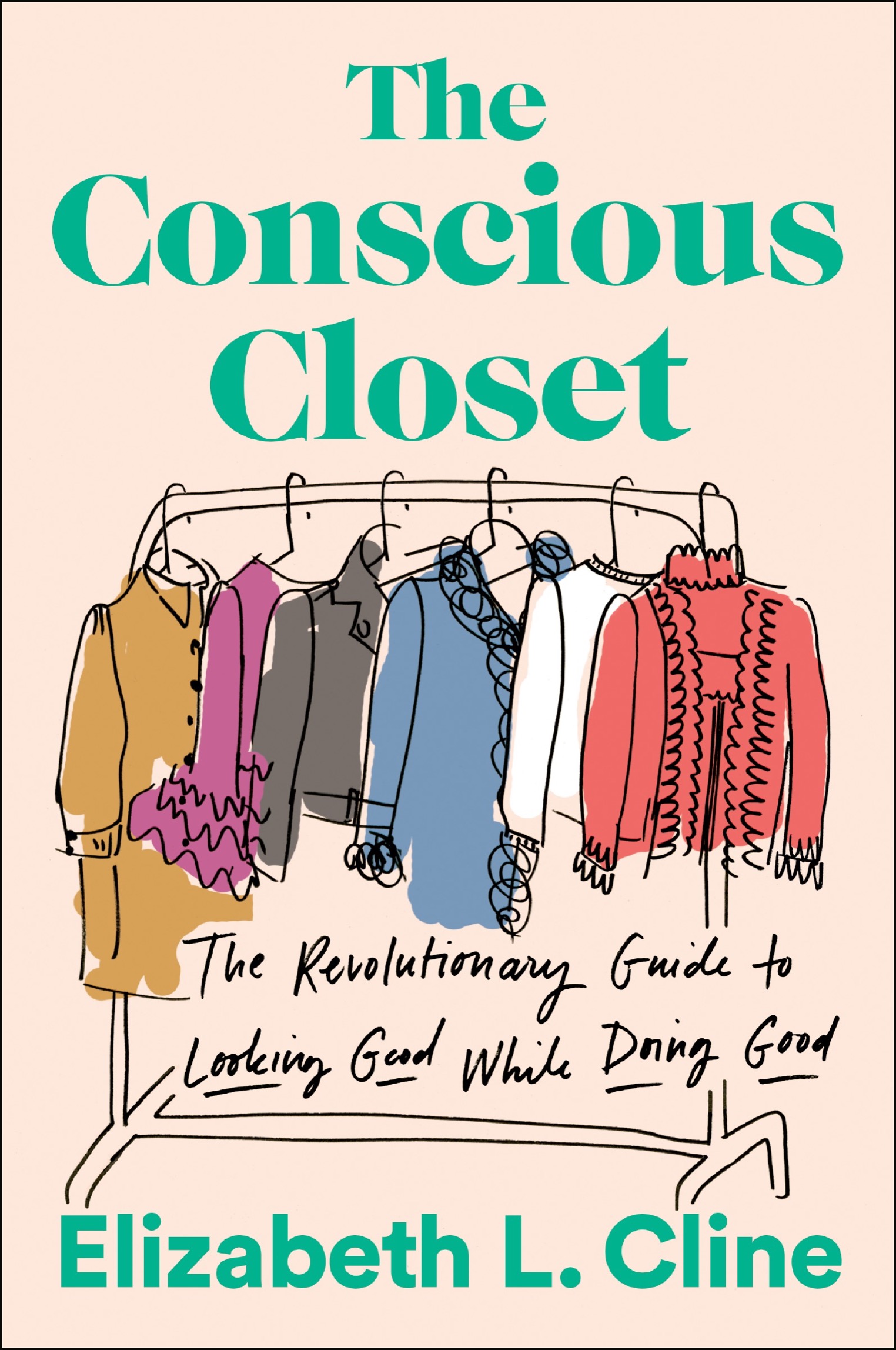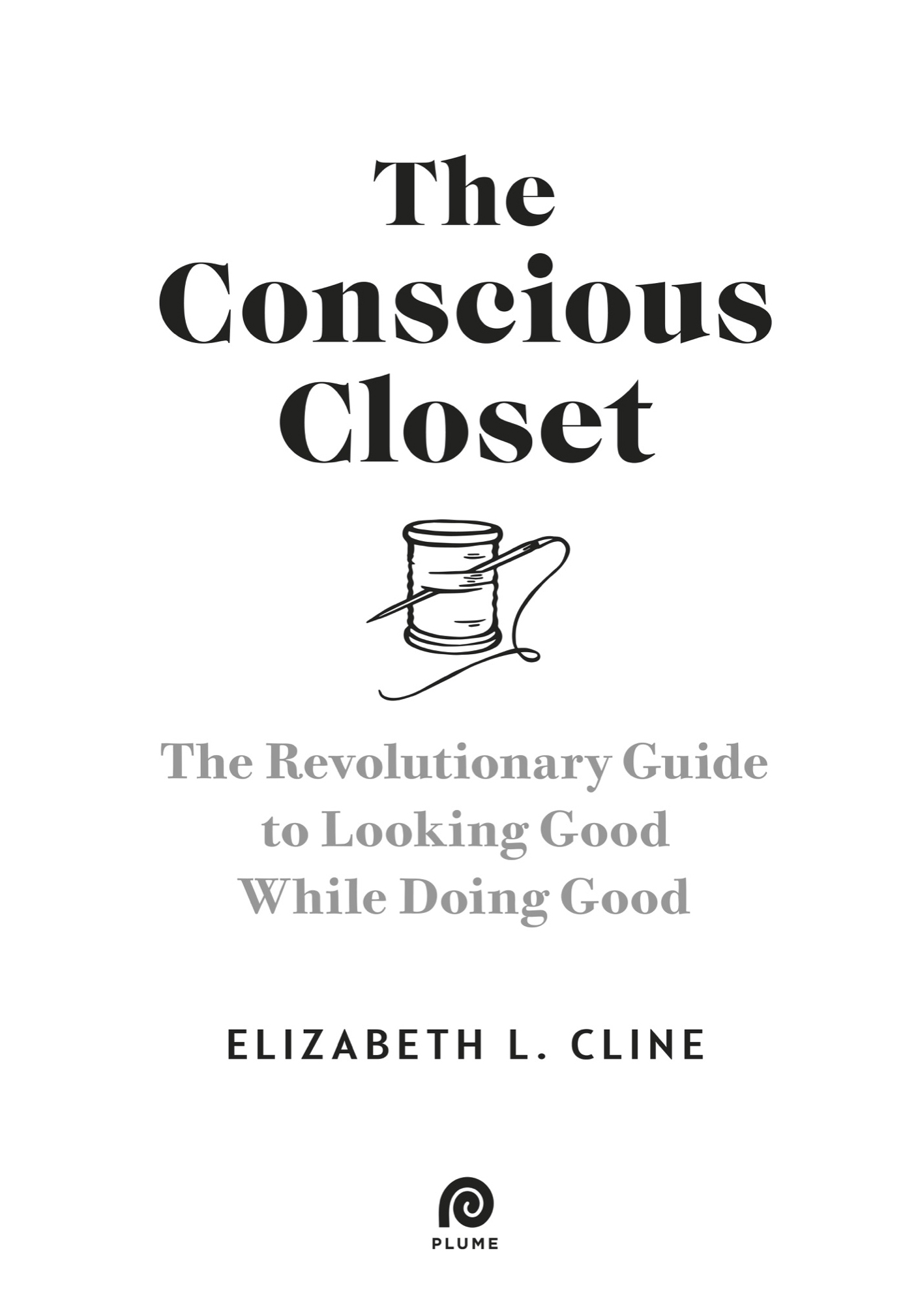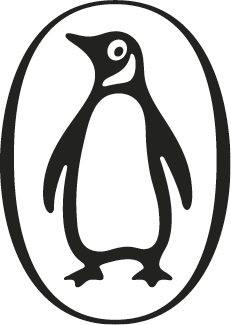Copyright 2019 by Elizabeth L. Cline
Penguin supports copyright. Copyright fuels creativity, encourages diverse voices, promotes free speech, and creates a vibrant culture. Thank you for buying an authorized edition of this book and for complying with copyright laws by not reproducing, scanning, or distributing any part of it in any form without permission. You are supporting writers and allowing Penguin to continue to publish books for every reader.
Plume is a registered trademark and its colophon is a trademark of Penguin Random House LLC.
Illustrations by Alexis Seabrook.
Rana Plaza photo by Sk Hasan Ali / Shutterstock.com. Onion-Skin Tie-Dyed T-shirt photo courtesy of Cara Marie Piazza. All other photos courtesy of the author.
All Q&As and tutorials used with permission.
courtesy of Fashion Revolution.
Library of Congress Cataloging-in-Publication Data has been applied for.
Penguin is committed to publishing works of quality and integrity. In that spirit, we are proud to offer this book to our readers; however, the story, the experiences, and the words are the authors alone. Some names and identifying characteristics have been changed to protect the privacy of the individuals involved.
While the author has made every effort to provide accurate telephone numbers, internet addresses, and other contact information at the time of publication, neither the publisher nor the author assumes any responsibility for errors or for changes that occur after publication. Further, the publisher does not have any control over and does not assume any responsibility for author or third-party websites or their content.
Im just trying to change the world, one sequin at a time.
Introduction
If you want to change the world, theres no better place to start than with the clothes on your back and the shoes on your feet. Im not being dramatic. I believe it to my core. A look at the facts: Apparel is a 2.5-trillion-dollar business that holds up 3 percent of the global economy and employs hundreds of millions of people around the world, mostly young women.
Clothes are our most personal and universal possession. I bet youre wearing the stuff right now.
And yet the clothing industry is a far cry from the empowering, innovative, and uplifting force it should be. It is instead among the worlds largest carbon emitters, water polluters, and users of toxic chemicals. As much as 8 percent of carbon emissions are caused by fashion. And in an industry that makes some people so fantastically rich and famous, there are somehow only a handful of garment workers earning a living wage anywhere.
More people than ever are aware of clothings negative social and environmental impacts and want no part of them. No one wants to feel guilty when they get dressed in the morning. We want and expect to feel good in our clothes.
As Ive learned, building a more conscious closet takes effort. Anything worth doing does. But it isnt hard or unstylish or expensive. It can be easy and beautiful and accessible to anyone, including you. Beyond that, it will help you get off the fast-fashion treadmill, regain your shopping sanity, and uncover your personal style. All while saving you money. It can change the world. And it will change your life.
I know because all of this happened to me.
Eight years ago, I set out to write my first book, Overdressed: The Shockingly High Cost of Cheap Fashion. As I boarded a plane to investigate the sweatshops in Bangladesh and China, my closet was overflowing with clothes that I didnt like or care about. I recycled, shopped for organic food, used reusable shopping bags, and yet I was ignoring the enormous environmental crisis lurking in my closet. I rarely felt confident or happy in what I wore, despite owning 354 items of clothes. I was trapped in a sad clothing cycle, and I was eager to find a way out of it.
Overdressed was one of the first investigations to draw a straight line between our increasing consumption of fashion and the critical problems of climate change, pollution, and poor working conditions. Driving it all was the meteoric rise of fast fashion, a hyperaccelerated cycle of making, consuming, and trashing clothes that is wrecking our environment and keeping workers locked in poverty. After the book came out, countless people turned to me wanting to know how to dress with their values. They asked, How should I shop? Whats okay to wear? The truth is, I was often asking myself the same questions.
I struggled at first to build a conscious closet. I bought rainbow-colored eco-shoes and sewed a homemade lavender mesh top so amateurish it would have gotten me kicked out of home economics class. I stood up at a gathering of other conscious-fashion experts one winters night after my first books release and pleaded, Please, someone just tell me what to wear!
In recent years, struggle has become progress. Before my eyes, sustainable and ethical fashion has transformed from a niche cause to a worldwide movement (youll hear plenty from and about those movement leaders in this book). New reports and fresh research, which Ive drawn from, have outlined exactly where the environmental and social impacts of fashion happen, giving us a precise road map to how we can make changes on a personal, societal, and industry-wide level. There are new brands, retailers, and business models, which youll learn about, making conscious fashion more accessible. We are on the cusp of an entirely new way of producing, selling, and consuming clothing that is already changing the worldand not a moment too soon.
But my philosophy of conscious dressing, the one youll find in this book, crystalized after three life-changing experiences. The first happened as I hit the road to promote Overdressed, sharing my research at schools and in communities far and wide, from Milan, Italy, to Walla Walla, Washington. Ive had hundreds of conversations and been asked hundreds of questions by all kinds of people about their clothes. Here are some of the queries Ive heard time and time again:
How do I know if my clothes were made in a sweatshop?
How can I tell if my clothes are good quality?
Is polyester or cotton worse for the planet?
How do I afford ethical fashion?
Can I shop ethically at X/Y/Z brand?
These chats always mix an interest in sustainable and ethical consumption with a thirst for more practical knowledge about clothes. Many people are seeking information about how to consume clothes responsibly, but they also want to know how to consume them well! Fast fashion swept away a certain kind of commonsense know-how and respect surrounding our clothing, from how to recognize a good buy and shop for quality to how to sew on a button and mend a hole in a favorite pair of jeans. I aim to do my part to resurrect these time-tested life skills. Not coincidentally, choosing well for our wardrobes and doing our part to extend the life of clothing is not only sustainable but these are some of the most emotionally rewarding habits we can cultivate in our everyday lives.

